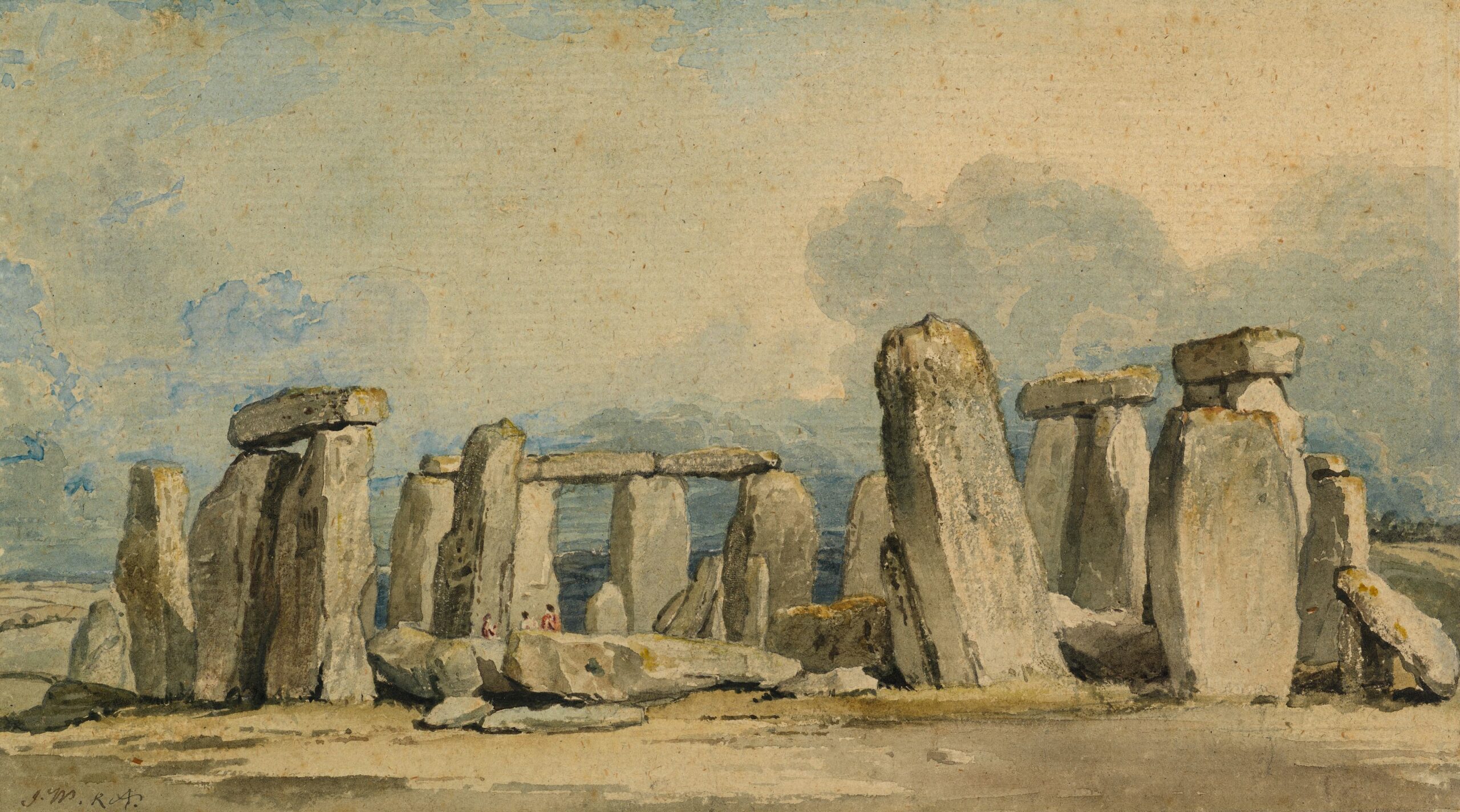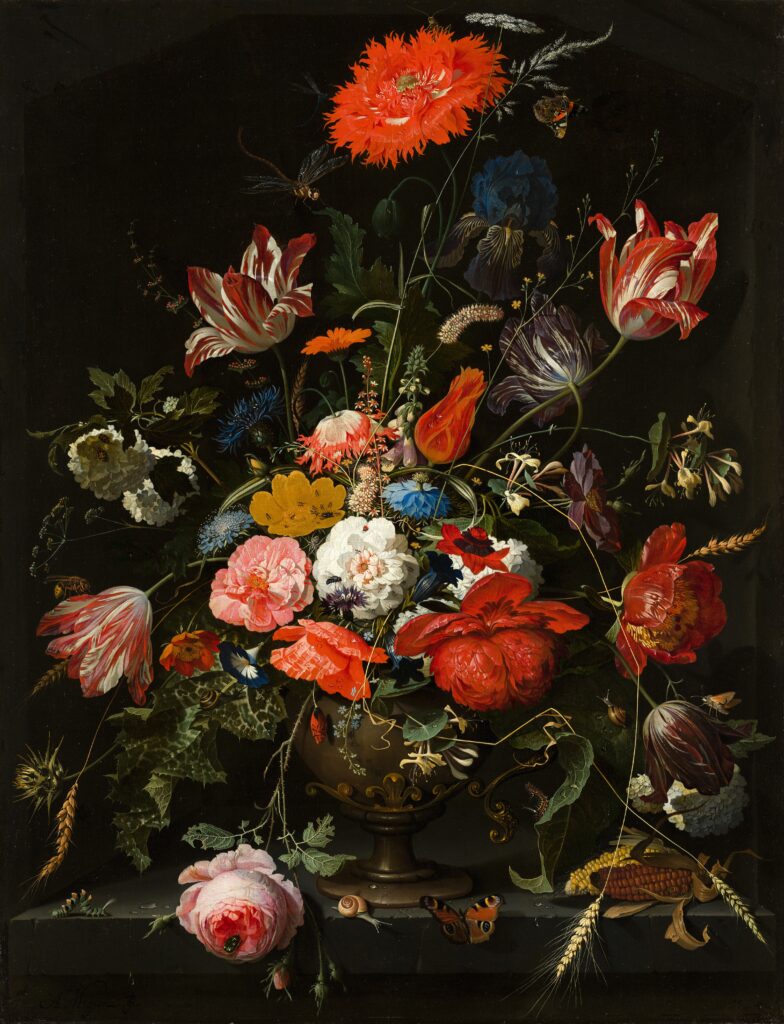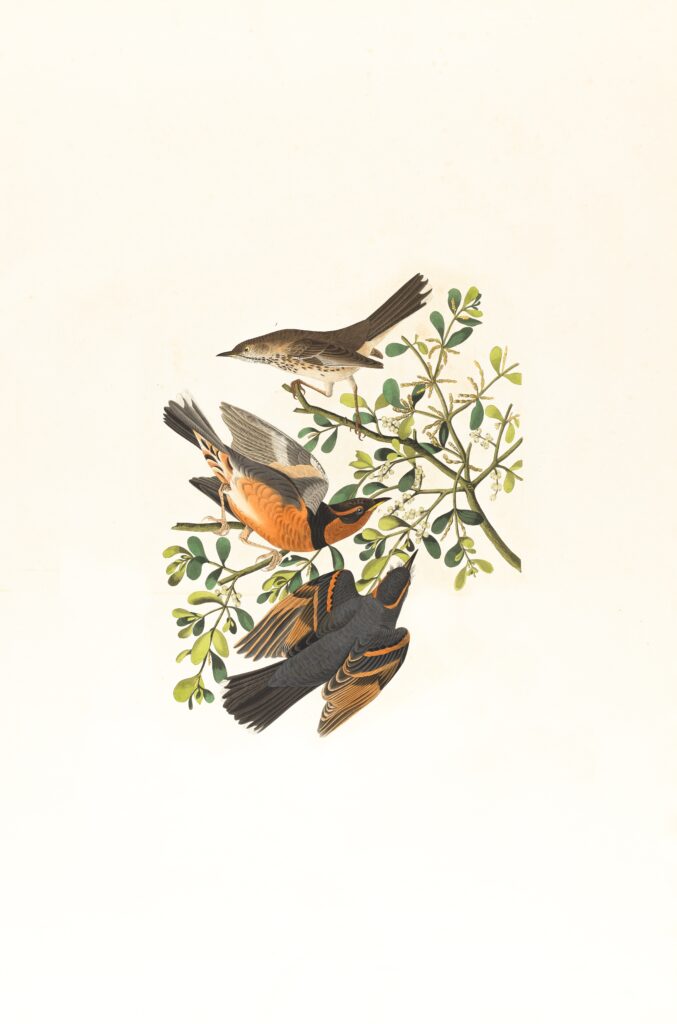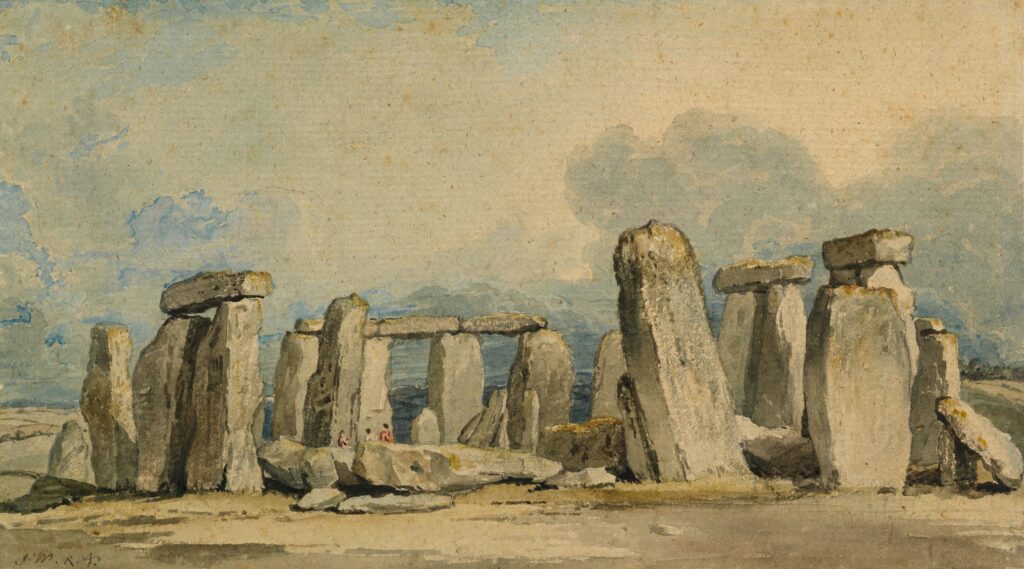
In this article, you will uncover the fascinating world of AI art and delve into the intersection of creativity and technology. Get ready to witness how artificial intelligence is revolutionizing the art industry, creating breathtaking masterpieces that challenge our perception of what art truly is. From paintings that mimic the style of famous artists to sculptures designed by algorithms, prepare to be amazed by the creativity and innovation that AI brings to the realm of art. It’s time to explore this captivating blend of human and machine, where technology becomes the brushstroke and imagination knows no limits.
1. Overview of AI in the Art World
1.1 Definition and Applications of AI
Artificial Intelligence (AI) refers to the development of computer systems that can perform tasks typically requiring human intelligence, such as visual perception, speech recognition, and decision-making. In the art world, AI has found various applications, including creating original artworks, assisting artists in the creative process, and exploring new artistic styles.
1.2 Introduction to AI in Art
The utilization of AI in art represents a fascinating blend of creativity and technology. It involves leveraging algorithms and machine learning techniques to generate unique works of art, push the boundaries of artistic expression, and challenge traditional notions of artistic creation. AI in art has opened up new avenues for artists to experiment and collaborate with intelligent machines.
1.3 Advantages and Limitations of AI in Art
The integration of AI in the art world brings forth several advantages. AI algorithms can help artists streamline their creative processes, providing them with new tools and techniques. Furthermore, AI-generated art often offers unprecedented levels of originality and novelty. However, there are also limitations to AI in art. Critics argue that AI lacks the inherent emotional and subjective understanding that human artists possess, leading to art that can feel cold and impersonal.
2. The Role of AI in Creative Processes
2.1 AI as a Tool for Artists
AI serves as a powerful tool for artists, enabling them to explore new possibilities and expand their creative horizons. Through AI, artists gain access to sophisticated tools for image recognition, pattern analysis, and data visualization, facilitating the creation of intricate and visually stunning artworks. AI can also save time and effort by automating repetitive tasks, allowing artists to focus more on the conceptual and imaginative aspects of their work.
2.2 Enhancing Creative Expression with AI
AI enhances creative expression by providing artists with a wealth of resources and inspiration. By using AI algorithms, artists can generate ideas, discover unique patterns, and uncover hidden relationships within their own creative process. This fusion of human creativity and machine intelligence allows for unprecedented levels of experimentation, leading to new and innovative artistic expressions.
2.3 Collaborative Creation with AI
AI can facilitate collaborative creation between humans and machines. By interacting with AI systems, artists can receive real-time feedback, suggestions, and recommendations. This collaboration enhances the iterative process of artistic creation, allowing artists to refine their work based on AI-generated insights. The partnership between artists and AI also blurs the lines between human and machine creativity, raising philosophical questions about authorship and creative ownership.

3. Exploring the Creative Potential of AI
3.1 AI-generated Artworks
AI algorithms have the ability to generate original artworks autonomously. These algorithms learn from vast datasets, analyze patterns, and create novel compositions. This form of AI-generated art can produce visually striking and conceptually intricate pieces that challenge traditional notions of artistic creation. However, debates arise regarding the role of the artist in this process and the extent to which AI can truly replicate human creativity.
3.2 Generating New Artistic Styles
AI enables the exploration and generation of new artistic styles by analyzing existing artworks and identifying the underlying patterns and structures. Through techniques such as style transfer and reconstruction, AI algorithms can create artworks that combine elements from multiple artistic genres, resulting in fresh and unique styles that defy traditional categorization. This expansion of artistic styles offers artists and audiences the opportunity to experience art in novel and exciting ways.
3.3 Pushing the Boundaries of Artistic Expression
AI pushes the boundaries of artistic expression by challenging conventional norms and introducing new artistic possibilities. By leveraging deep learning and generative adversarial networks (GANs), AI algorithms can create artworks that challenge our perception of reality, question social norms, and provoke thought and discussion. Artists, inspired by the capabilities of AI, are using these technologies to explore uncharted territories and reshape the art world.
4. Ethical Considerations in AI-generated Art
4.1 Attribution and Authenticity
AI-generated art raises concerns regarding attribution and authenticity. As AI algorithms learn from vast datasets, the question arises as to whether the resulting artworks can truly be attributed solely to the artist or if credit should be given to the machine as well. Additionally, issues of authenticity emerge as AI algorithms are capable of imitating the styles of famous artists, prompting discussions about the value and originality of AI-generated works.
4.2 Impact on Traditional Art Market
The integration of AI-generated art into the traditional art market poses challenges and opportunities. AI-generated artworks can disrupt traditional models of artistic production, distribution, and consumption. The democratization and digitization of art through AI may challenge the established art market and redefine concepts such as scarcity and uniqueness. However, the embrace of AI in the art market also opens up new avenues for artists and collectors to collaborate and engage with the evolving landscape of artistic creation.
4.3 Cultural and Social Implications
The cultural and social implications of AI-generated art provoke important discussions. AI has the potential to challenge existing power structures in the art world by creating opportunities for new voices and perspectives. However, there are concerns about the potential for bias within AI algorithms and the perpetuation of inequalities. Addressing these implications requires critical reflection and ongoing dialogue between artists, technologists, and society at large.

5. The Intersection of AI and Human Creativity
5.1 AI as an Artist’s Assistant
AI can serve as an invaluable assistant to artists, providing them with tools that enhance their creative process. From generating ideas and visualizing concepts to assisting in the execution of complex techniques, AI acts as a collaborator that augments the capabilities of human artists. By embracing AI as an assistant, artists can leverage its computational power and analytical capabilities to explore new possibilities and expand their artistic repertoire.
5.2 AI as a Source of Inspiration
AI has the potential to inspire artists by introducing them to new artistic styles, techniques, and concepts. By analyzing vast amounts of data and generating unique insights, AI algorithms can expose artists to unconventional ideas and perspectives. This infusion of AI-generated inspiration can spark creativity and fuel artistic innovation, enabling artists to push the boundaries of their own artistic practice.
5.3 AI and Human-Computer Collaboration
Human-computer collaboration represents a novel form of artistic creation. Through interactive and iterative processes, artists can co-create with AI systems, harnessing the unique strengths of both humans and machines. This collaboration blurs the lines between artistic authorship and invites new forms of expression that meld human creativity with the computational power of AI. As this collaboration evolves, it raises questions about the role of the artist and the nature of creativity itself.
6. AI Art and Intellectual Property
6.1 Copyright Issues
The emergence of AI-generated art poses challenges in terms of copyright ownership. As AI algorithms generate artworks, questions arise as to who owns the rights to these creations. Unlike traditional art, which is typically attributed to a specific artist, AI-generated art blurs the lines of authorship. Legal frameworks and copyright laws need to adapt to account for the unique nature of AI art and address the issues related to ownership and intellectual property in this emerging field.
6.2 Ownership of AI-generated Art
Determining the ownership of AI-generated art is complex. Artists often rely on AI algorithms to assist in the creative process, making it difficult to separate the contributions of the artist and the machine. The question of ownership becomes even more challenging when AI systems create artworks autonomously. As AI technologies continue to advance, establishing clear guidelines and frameworks for ownership in AI art becomes essential.
6.3 Legal Frameworks for AI Art
Developing legal frameworks to govern AI art is essential for protecting the rights of artists and ensuring ethical practices within the field. These frameworks should address issues such as attribution of authorship, copyright ownership, and transparency in the creation process. Collaboration between artists, legal experts, and policymakers is necessary to establish comprehensive and fair legal frameworks that protect the interests of all stakeholders in the evolving landscape of AI art.

7. AI Art in Various Art Forms
7.1 AI-generated Music
AI has the ability to generate music, revolutionizing the world of composition and production. By analyzing vast amounts of music data, AI algorithms can create original compositions, mimic the styles of famous musicians, and even collaborate with human musicians. This fusion of AI and music opens up new possibilities for musical expression and challenges traditional notions of composition, pushing the boundaries of what is musically possible.
7.2 AI-assisted Painting and Drawing
AI-assisted painting and drawing offer new tools and techniques to artists. Through AI algorithms, artists can benefit from image recognition, style transfer, and composition suggestions. AI systems can provide real-time feedback on brush strokes, color choices, and composition, helping artists refine their artistic vision. This symbiotic relationship between artists and AI in the realm of painting and drawing enables the exploration of unique artistic possibilities while maintaining the integrity of the artist’s creative vision.
7.3 AI in Film and Animation
AI is transforming the world of film and animation by automating labor-intensive tasks and enhancing creative workflows. AI-powered algorithms can generate realistic visual effects, assist in character animation, and even create entire virtual worlds. By leveraging AI, filmmakers and animators can streamline production processes, enhance visual storytelling, and create immersive cinematic experiences that captivate audiences.
8. Innovative AI Techniques in Art Creation
8.1 Deep Learning and Neural Networks
Deep learning and neural networks form the backbone of many AI applications in art creation. By training neural networks on vast datasets, AI systems can learn to recognize patterns and generate original content. Deep learning enables AI algorithms to create intricate and detailed artworks, simulate artistic styles, and generate realistic 3D models. The advancements in deep learning continue to push the boundaries of what AI can achieve in the realm of art.
8.2 Style Transfer and Reconstruction
Style transfer and reconstruction techniques enable artists to explore new artistic styles and reinterpret existing artworks. By separating content and style, AI algorithms can transfer the style of one artwork onto another, creating visually striking and unique compositions. This technique allows artists to experiment with different artistic genres and reinterpret traditional artwork in novel and intriguing ways.
8.3 Generative Adversarial Networks (GANs)
Generative Adversarial Networks (GANs) have revolutionized AI art creation. GANs consist of two neural networks, a generator and a discriminator, pitted against each other in a creative competition. The generator creates novel artworks, while the discriminator attempts to distinguish between AI-generated and human-created art. This interplay between the generator and discriminator drives the creation of highly original and diverse artworks, often blurring the lines between AI and human creativity.
9. AI Art and Audience Reception
9.1 Perceptions and Reactions to AI Art
AI art has generated a wide range of reactions and perceptions. Some audiences view AI-generated art with skepticism, questioning its authenticity and value. However, others embrace the novelty and innovation offered by AI art, seeing it as a new frontier in artistic expression. The perception of AI art varies across individuals and depends on factors such as artistic background, exposure to AI technologies, and personal beliefs about the role of AI in society.
9.2 Challenges and Acceptance in the Art World
The integration of AI in the art world has encountered both challenges and acceptance. Traditional art establishments may be resistant to embracing AI-generated art due to concerns about the devaluation of traditional artistic skills and human creativity. However, younger generations of artists and art enthusiasts are more open to exploring the potentials of AI art. Overcoming these challenges and fostering acceptance within the art world requires dialogue, education, and the demonstration of the unique artistic value that AI can bring.
9.3 Public Engagement with AI Art
The public engagement with AI art is an essential aspect of its development and acceptance. By providing opportunities for the public to interact with AI-generated artworks, exhibitions, workshops, and public installations, artists can foster understanding and appreciation for AI in art. Public engagement also allows for valuable feedback and insights, helping artists and technologists refine their AI art creations and better understand audience preferences and expectations.
10. Future Prospects of AI in Art
10.1 Innovations and Advancements in AI Art
The future of AI in art holds exciting possibilities for innovation and advancements. As AI technologies continue to evolve, we can anticipate more sophisticated algorithms that push the boundaries of creativity and expand the range of artistic expression. From AI systems that can compose symphonies to virtual reality experiences created by AI algorithms, the future of AI art promises to be both awe-inspiring and thought-provoking.
10.2 Integration of AI in Art Education
The integration of AI in art education offers transformative opportunities for both students and educators. AI can serve as a tool for teaching artistic techniques and concepts, providing students with interactive and personalized learning experiences. Additionally, AI can expose students to new artistic styles, inspire creativity, and encourage experimentation. By incorporating AI into art education curricula, educators can equip students with the skills and knowledge necessary to thrive in the evolving world of art.
10.3 Collaborative Efforts between Artists and AI
Collaborative efforts between artists and AI are likely to shape the future of art. Artists will continue to explore and experiment with AI technologies, incorporating them into their creative processes. By embracing AI as collaborators and co-creators, artists can access new realms of artistic expression and challenge traditional notions of individual authorship. The dynamic relationship between artists and AI will continue to redefine the art landscape, ultimately expanding the boundaries of human creativity.
In conclusion, the intersection of AI and art represents a fascinating and constantly evolving landscape. AI serves as a powerful tool for artists, offering new avenues for creativity, enhancing artistic expression, and enabling collaborations with intelligent machines. However, the integration of AI in art also raises important ethical considerations regarding attribution, authenticity, intellectual property, and cultural implications. As AI art continues to evolve, it is crucial to foster dialogue, collaboration, and the development of comprehensive legal frameworks to ensure the ethical and responsible use of AI in the art world. With its potential to revolutionize artistic creation, education, and audience engagement, AI represents a groundbreaking force that invites us to reimagine the very essence of what it means to create and appreciate art.



